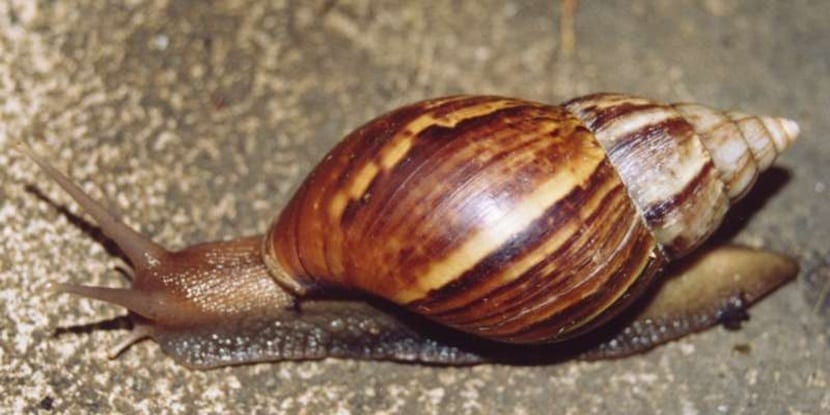
The queen conch or queen snail, whose scientific name is strombus snail, of the family Strombidae, is a large edible snail. It is one of the invertebrates that is found in clear and shallow waters and is located in sandy areas and sea grasses. It reaches 25 cm.
It is common for snails to unite in large groups of similar size seeking protection. In the juvenile stage that covers between the first and second year of life, they will be the food of lobsters and ray fish. Once they have reached its development it will move to live in the coral reefs and the sandbanks to reproduce. At this stage, the octopus and human consumption will be its main predators.
Once adult, the shell of the snail has a characteristic lip. In the anterior zone the siphonal canal is present and in the posterior zone the spines forming the turn. These coils will develop at the same time as the snail.
The snail is formed by the mantle, protruding eyes as are characteristic of snails. It has a tubular appendage located on the head that it uses to feed itself known as a proboscis. Finish with an operculum to cover the entrance to the shell.
Maintenance in the aquarium
It is considered a invertebrate with considerable resistanceTherefore, they do not need excessive care, although they do maintain reasonable water quality parameters. Due to their large size they will need large amounts of substrate. For this reason, the size of the aquarium must have a capacity greater than 200 l per snail, being aquariums of higher volume essential if we want to have more than one specimen.
Being a detrivore it feeds on the decomposing remains of the substrate, thus keeping the bottom of our fish tank clean and aerated, they can also feeding on vegetables such as filamentous algae.